A Course in Trading By Wetsel Market Bureau
$20.27
| Author(s) | |
|---|---|
| Format |
|
| Pages |
247 |
| Publication Year |
1998 |
A Course in Trading by Wetsel Market Bureau is a rare and valuable resource that distills the principles of speculation, technical analysis, and disciplined decision-making into a structured learning format. Originating from a period when market speculation was still developing as a formal craft, this course-like text captures the timeless lessons that remain highly relevant for traders navigating modern markets.
The book is designed as a practical guide rather than a theoretical treatise. It leads readers step by step through essential concepts such as trend recognition, price patterns, and market psychology, while also emphasizing the importance of risk control and money management. Unlike many trading books that focus narrowly on strategies, A Course in Trading provides a comprehensive foundation—covering both the analytical tools traders need and the mental discipline required to use them effectively.
One of its strengths lies in its structured approach, making it feel like a true educational program. The material is presented progressively, allowing readers to build their understanding from basic principles to more advanced techniques. Historical chart studies, real-world examples, and clear explanations of speculative behavior help bridge the gap between theory and practice. The emphasis on repeatable methods and careful observation reflects the Bureau’s practical experience in analyzing markets.
What sets this work apart is its enduring relevance. Though originally crafted decades ago, the core lessons of A Course in Trading—patience, discipline, and systematic analysis—remain the bedrock of successful trading today. The book encourages readers to approach markets as a skill-based pursuit rather than a gamble, showing how thoughtful preparation and consistent execution can lead to long-term profitability.
For traders seeking a classic yet practical foundation in speculation, A Course in Trading is more than just an instructional text—it is a complete learning framework. It provides the tools, mindset, and strategies that transform speculation into a disciplined profession, making it a valuable addition to the library of any serious market student.
Contents:
- Section A: Introduction, Confidential, Order of Presentation, Definitions, Technical Position.
- Section B: Objective, Definitions, Bull Market, Bear Market, Normal Reactions & Recoveries, The Fifty Percent Recovery & Reaction.
- Section C: Application of Rules: The Fifty Percent Recovery & Reaction, The Pivot.
- Section D: The Pivot, The Importance of Time, Time & Extent Measured by Arc, Application to Minor Movements, Tops & Bottoms.
- Section E: Tops & Bottoms, The Top Formation in 1929, If the Bull Market Had Continued, Bottom Formations.
- Section F: Tops & Bottoms, Tops & Bottoms on Individual Stocks, The Importance of Closings, Consider Dividends in Calculations, Variations from Head & Shoulder Formation, A Rounding Top, Variations in Bottom Formations.
- Section G: Gaps as Indicators, The Cause of Gaps, Value & Limitations as Indicators; Kinds of Gaps, The Exhaustion Gap.
- Section H: Gaps as Indicators, Break-Away Gaps, Review Regarding Exhaustion & Intermediate Gaps, Watch Immediately Preceding Price Movement, Special Discussion.
- Section I: Importance of Preceding Price Movement, Rule Fifty-One.
- Section J: Similarity of Price Movements; Stretcher Formation.
- Section K: Stretcher Formations – Variations in the Movement, Long Swing Commitments; Normal Movement Subsequent to Stretcher, Short Sales; Volume.
- Section L: Comparison of Price Movements, The Effect of Trend; Simple Method of Eliminating Trend, Method of Preparing Chart No. 23, Comparing the Two Price Movements.
- Section M: Averages Used as Guides, Compilation of an Average, The Dow-Jones Averages, The Forecast of September 8, 1932.
- Section N: The Use & Compilation of Averages, The Use of a Constant Divisor, Average of Active vs. Inactive Issued, Compiling an Average of Inactive Issues.
- Section O: Old Tops & Bottoms, Application to Individual Stocks, Determining Exact Resistances.
- Section P: Trend Lines, Application to Individual Stocks, Trend Lines as Resistances.
- Section Q: Coil Formations, The Ascending Coil, Descending Coil, A Flat Coil.
- Section R: Time & Volume,
- Section S: Volume and Price,
- Section T: Angles of Strength & Weakness,
- Section U: Summarizing Major Formations, Section W: Minor Formations Continued,
- Section V: Obstinate Declines & Rallies,
- Section W: Danger Signals, Pegged Stocks, Successive Closes at Top, Irregular Straights, Playing Safe on Straight Measurements, Natural Resistance & Support Levels, Prices Doubled or Halved,
- Section X: Recording Each Transaction, Margin Trading, Seasonal Influences.
A Course in Trading By Wetsel Market Bureau pdf
3 reviews for A Course in Trading By Wetsel Market Bureau
Clear filtersOnly logged in customers who have purchased this product may leave a review.

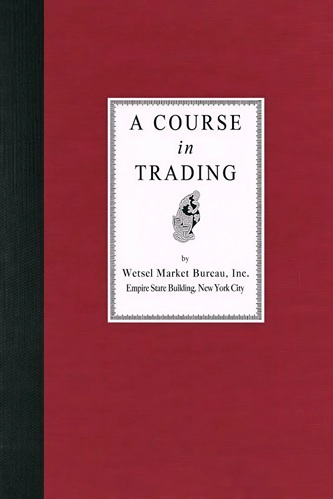

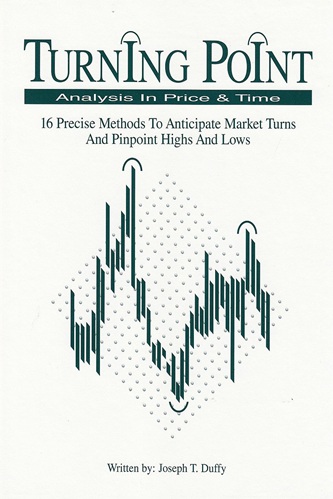
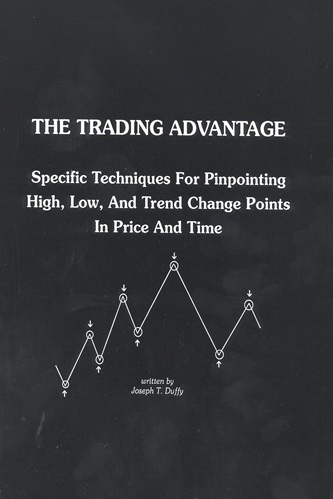
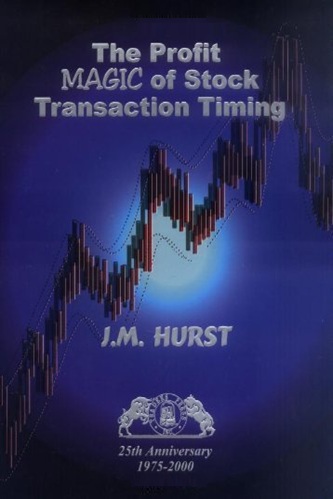
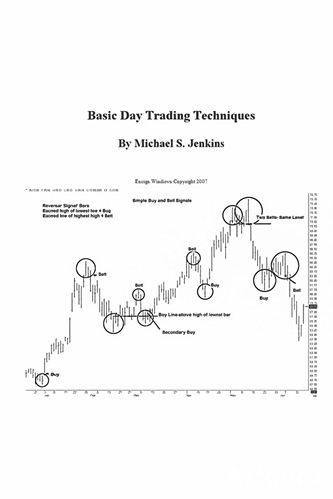
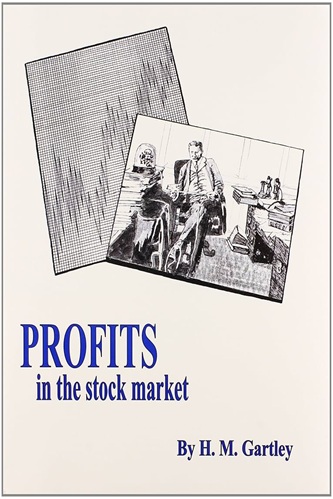
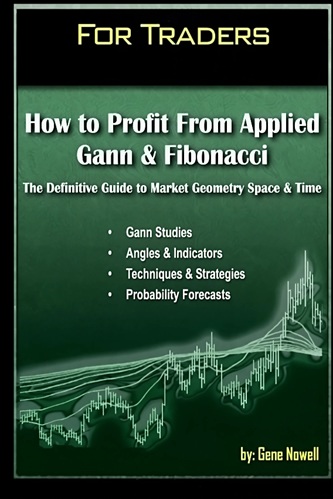
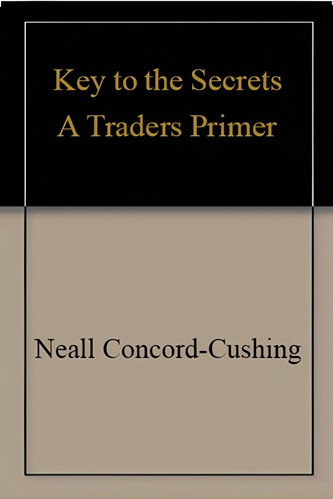
Kristopher Hogan (verified owner) –
This is basically a collection of special reports that were sent out to clients, each explaining some area of technical analysis that the firm felt was important. I purchased it for the part on circles and arcs, and was severely disappointed in that the brief, vague description didn’t match with the charts, so I am none the wiser. The other sections are better written, but I didn’t learn anything new to incorporate into my trading.
Kathryn Medrano (verified owner) –
“A Course in Trading” provides a rationale for selecting buy/sell prices and understanding the marketplace. I very much enjoy the concise technical presentation of the complex yet understandable lessons. I have successfully applied the lessons learned to my personal trading activities.
Buy and Hold may not be the best invesment model for the “New Business” paradigm. As history has shown, most of the “original” automobile manufacturers and airlines are now out of business. Accordingly, many of the “New Business” companies will too become extinct. Unless you invest in Mutual Funds, or have some other form of money management, you must participate actively in the market. “A Course in Trading” will provide a rationale for your trading decisions.
Arian Chang (verified owner) –
The angles and curves of stregth and weakness is worth the price of the course 5 times over. Has allot of ideas that were lost to time but are very reliable even in todays market.